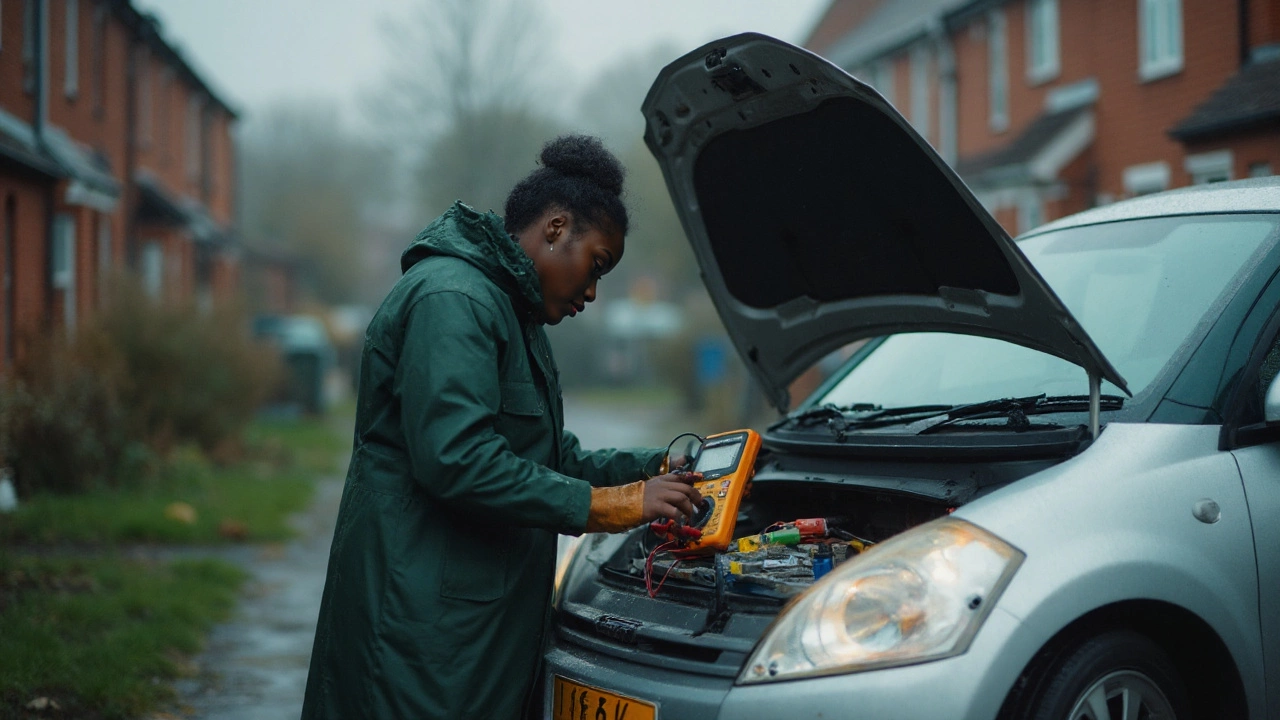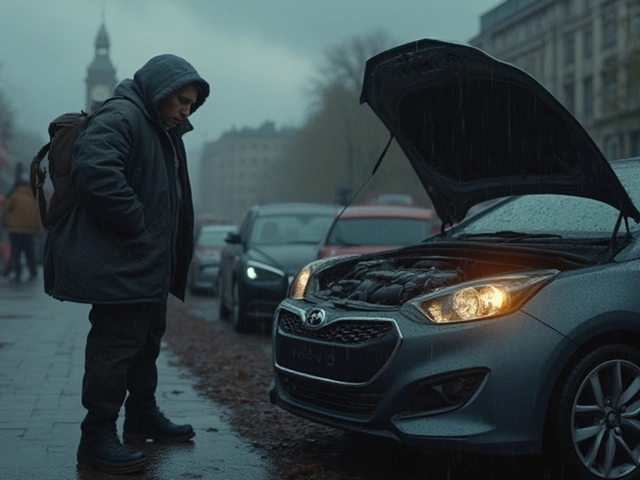Car Battery Replacement: Simple Steps and What to Know
Got a dead battery? It’s a common headache, but fixing it yourself isn’t as scary as it sounds. With the right tools and a few careful moves, you can get your car back on the road without a huge bill.
When to Replace Your Battery
A battery usually lasts three to five years. If you notice the engine cranking slower than usual, dim headlights, or an electronic warning light on the dash, those are signs the battery is getting weak. Extreme weather—especially cold—can also drain power faster.
Before you buy a new one, do a quick test. Many auto parts stores will check the charge for free. If the voltage reads below 12.4 V when the car is off, it’s time for a swap.
DIY Battery Replacement – Step by Step
First, gather what you need: a new battery that matches your car’s size and specs, a set of wrenches, safety gloves, and maybe a memory saver if you want to keep radio presets.
1. Turn off everything. Pull the key, shut off lights, and remove any accessories. This prevents accidental shorts.
2. Locate the battery. It’s usually under the hood, but some models hide it in the trunk. Check your owner’s manual if you’re not sure.
3. Disconnect the negative terminal first. It’s the black cable marked with a minus sign. Loosen the bolt, pull the clamp off, and set it aside where it can’t touch metal.
4. Disconnect the positive terminal. That’s the red cable with a plus sign. Loosen, remove, and keep it clear of the battery.
5. Remove any hold‑down brackets. These keep the battery from moving. Unscrew them and lift the old battery out—it’s heavy, so use both hands.
6. Clean the tray and terminals. A bit of baking soda and water will neutralize any corrosion. Dry everything thoroughly.
7. Place the new battery. Make sure the positive and negative posts line up with the matching cables.
8. Reconnect the positive terminal. Tighten the bolt, then do the negative side. Double‑check both are snug.
9. Secure the hold‑down. This prevents the battery from shifting when you drive.
10. Start the car. If everything’s connected right, the engine should turn over smoothly. Turn on lights and accessories to confirm the charge is solid.
If the car doesn’t start, re‑check the connections. A loose clamp is the most common mistake.
While you’re there, it’s a good time to look at related parts. The battery cables can wear out, and the alternator might need a check if the battery keeps dying.
Want to avoid future surprises? Keep an eye on the battery’s health with a simple voltmeter every few months. If you notice a steady drop, replace it before it leaves you stranded.
When you’re not comfortable doing the swap yourself, a local garage or a place like Northwich Tyres Centre can do it fast. They’ll also dispose of the old battery responsibly.
Bottom line: Replacing a car battery is a quick DIY job that saves you time and money. Follow the steps, stay safe, and you’ll be back driving in no time.
 11 September 2025
11 September 2025
How to Tell If Your Car Needs a New Battery: Signs, Tests, and Costs
Know when to replace your car battery. Learn clear symptoms, quick tests, exact voltages, costs, and a repair vs replace decision tree you can use today.
Latest Posts
-

Can a Clutch Last 200k Miles? Real-World Facts and What Actually Matters
-

Choosing the Best Windshield Wipers: A Guide for Car Owners
-

Bad Spark Plug Symptoms and Effects: What Happens if Your Spark Plugs Are Failing?
-

Signs Your Car's Fuel Pump Is Failing: What to Watch Out For
-

When to Replace Your Clutch Kit: An Essential Guide

0